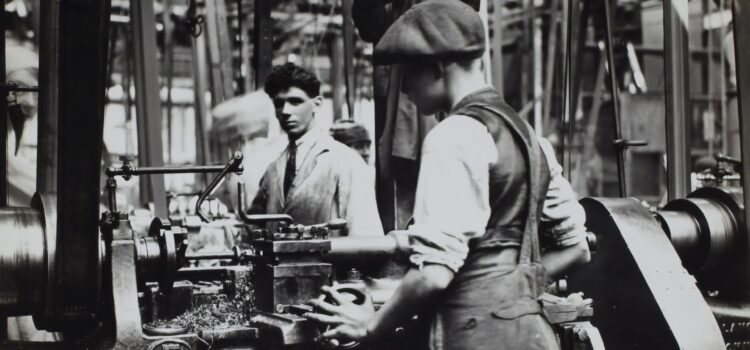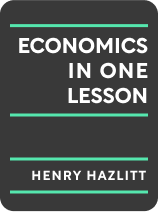

This article is an excerpt from the Shortform book guide to "Economics in One Lesson" by Henry Hazlitt. Shortform has the world's best summaries and analyses of books you should be reading.
Like this article? Sign up for a free trial here .
Is it true that automation increases unemployment? How does labor-saving technology affect the economy?
It’s a common misconception that automation leads to unemployment. In fact, automation increases production, because more output creates larger profits for businesses, enabling them to expand production, hire more workers, and/or raise wages.
In this article, we will debunk the myth about automation and unemployment and explain why labor-saving technology actually creates more jobs than it eliminates.
Technology Doesn’t Kill Jobs
For centuries, people have mistakenly blamed labor-saving machinery for eliminating jobs. The relationship between automation and unemployment seems like a simple equation: If a machine produces the same number of goods with half the manpower, then it eliminates half of the production jobs. However, that doesn’t tell the whole story. As in other policies we’ve discussed, the fallacy overlooks the indirect effects.
Let’s examine how machinery affects employment in the case of a coat company that buys a coat-making machine that requires just half the labor otherwise needed. On one hand, the company could choose to keep all of its employees and simply use the machines to increase production; in this case, there’s no loss in employment, and the company sees an increase in profits. On the other hand, if company leaders fire half of the coat-making employees, there are several ways that the lost jobs can be offset, both within and outside of the company:
- The company’s purchase of the machine pays the wages of the people who build the machine.
- With the savings in labor costs, the company could expand, which would create new jobs.
- The company could use the increased profits to invest in another business, which would pay wages in that business.
- The company leaders could pocket the increased profits, and use the money for their own personal spending, which would pay wages for those merchants.
There is another layer to this scenario: If other coat companies begin buying machines in order to stay competitive, it will drive down the price of coats, which reduces companies’ profits and employment. In this situation, there are two possibilities:
- Shoppers buy more coats, which compensates for the lower price-per-coat. High coat sales may even push the company to expand production, creating more jobs.
- Shoppers buy the same number of coats as usual, but they keep more cash in their pockets because of the price markdown. In this case, instead of company profits offsetting eliminated coat-making jobs, consumer savings do.
Overall, labor-saving machines raise production rates, economic well-being, and standard of living—and an increase in employment generally results from those effects. The exception is in developing countries, in which outdated machinery requires an immense amount of manpower to accomplish basic tasks, resulting in full employment.
The Effect on Labor Unions
If labor-saving machinery kills jobs—as the fallacy dictates—then the logical way to maximize employment is to perform all work as inefficiently as possible. That is the approach that labor unions have taken, as they’ve developed make-work rules and featherbedding practices that are designed to protect their members’ jobs.
These practices require a project to hire more workers than necessary, or they limit workers’ efficiency and productivity, thus increasing the number of workers or hours to complete a project. For example, the theater union may require every stage production to hire people who move scenery—even for plays that have no scenery. Or, the painters union may prohibit the use of paint-spraying guns, so that workers have to use a paint brush, which is significantly less efficient.

———End of Preview———
Like what you just read? Read the rest of the world's best book summary and analysis of Henry Hazlitt's "Economics in One Lesson" at Shortform .
Here's what you'll find in our full Economics in One Lesson summary :
- A clear, concise explanation of the secondary consequences of a range of economic policies
- How labor-saving technology actually creates more jobs
- How saving money supports the economy more than spending it






